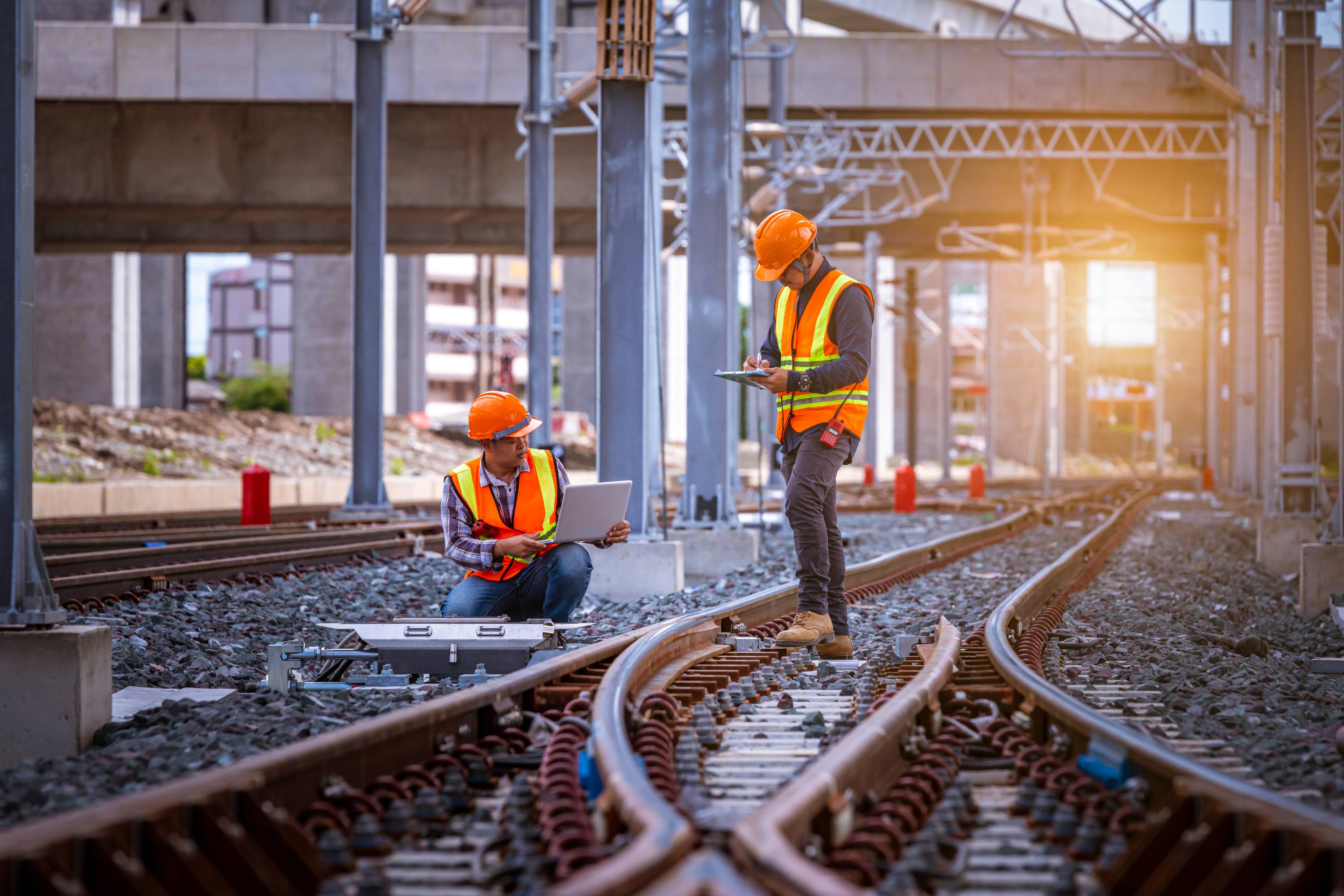
Cities are the engines of economic growth and innovation, but they also come with a hefty environmental footprint. Accounting for over 70% of global carbon emissions, they’re ground zero in the fight against climate change. However, a new wave of heroes is emerging: engineers who are on a mission to transform urban landscapes into zero-emission havens.
The main reason cities have pollution problems is because most of their electricity comes from burning dirty fuels like coal and oil. The United Nations assumes only about 29% of the electricity used worldwide comes from clean sources like wind and sunshine. But there’s some good news! Cleaner sources of energy are becoming more popular with the low cost of renewable energy technologies, and they’re also getting cheaper. The UN also recommends clean energy as the most affordable option soon!
The Challenge: Engineers Rethinking Urban Infrastructure
The journey to zero emissions starts with a critical reimagining of city infrastructure. Traditional transportation systems reliant on fossil fuels are a major source of pollution. Engineers are addressing this through:
- Public Transportation Revolution: Expanding efficient and affordable public transportation networks, like electric buses and light rail systems, is key. This reduces reliance on personal vehicles and encourages cleaner commutes.
- Cycling Infrastructure Boom: Building dedicated bike lanes and promoting cycling culture incentivizes cleaner and healthier transportation choices.
- Smart Grids for a Sustainable Future: Modernizing energy grids with smart technologies allows for better integration of renewable energy sources like solar and wind power.

Engineers Build Green from the Ground Up
Beyond transportation, engineers are rethinking building design and energy consumption:
1. Energy-efficient Buildings:
Stricter building codes and green building certification programs encourage energy-efficient construction practices. This includes improved insulation, smart ventilation systems, and on-site renewable energy generation.
2. Waste Management Innovation:
Engineers are developing advanced waste-to-energy plants, efficient recycling systems, and even exploring biodegradable materials to minimize waste generation.
In addition, engineers should make environmental product declarations a bidding requirement for contractors to reveal what the likely emissions will be for materials, and clients can work to set emissions targets on projects.
Data-Driven Decisions for Sustainable Cities
The key to success lies in data-driven decision-making. Engineers are leveraging sophisticated tools:
- Smart City Sensors: Sensors embedded throughout the city collect real-time data on air quality, energy consumption, and traffic patterns. This data informs targeted interventions and optimizes resource allocation.
- Digital Twins & Simulations: Engineers can create digital models of city systems to test the effectiveness of different sustainability strategies before implementation.

Challenges and Opportunities
The road to zero emissions is paved with hurdles. Upfront infrastructure investment can be significant, and collaboration between public and private sectors is crucial. Additionally, educating and engaging the public in sustainable practices is essential.
However, the opportunities are vast. Zero-emission cities offer a cleaner, healthier environment for all, attract green businesses and talent, and pave the way for a more sustainable future.
Engineering a Brighter Future
Engineers are at the forefront of the zero-emission revolution. By rethinking infrastructure, embracing clean technology, and utilizing data-driven insights, they are transforming cities into sustainable hubs for generations to come. The future of our planet is being built today, and engineers are wielding the tools to create a greener tomorrow.


